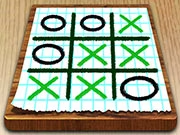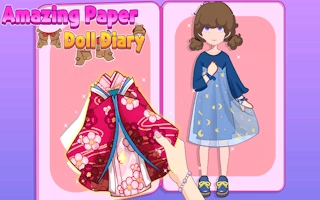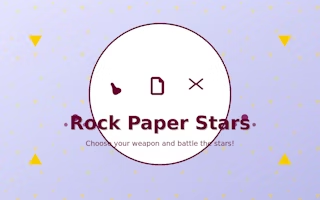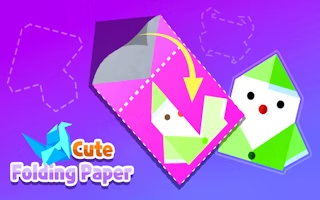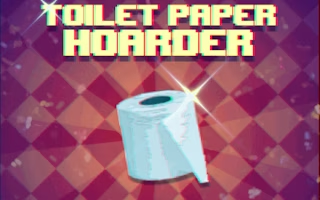Fold Paper
Fold Paper: The Ultimate Guide to Origami and Paper Folding
History and Cultural Significance
The origins of paper folding trace back to ancient China, where paper was invented. However, it was in Japan during the 6th century that origami, meaning "folded paper," emerged as a distinct art form. Initially reserved for ceremonial purposes and religious rituals, origami later became accessible to the general public. Over time, it spread worldwide, influenced by diverse cultures and techniques. Today, origami is celebrated for its elegance, simplicity, and ability to transcend language barriers. It has even inspired scientific innovations, such as space telescope designs and medical devices.
Getting Started with Fold Paper
Embarking on your paper folding journey is easy and rewarding. Here's what you need:
Paper: Start with square sheets of origami paper, which come in various colors and patterns. Regular printer paper or wrapping paper also works well. Tools: While most origami can be done with just your hands, a bone folder or ruler can help create crisp creases. Patience: Complex designs may require multiple attempts. Start with simple projects and gradually build your skills.
Basic Folds and Techniques
Mastering these fundamental folds is essential for any paper folder:
Valley Fold: Fold the paper forward, creating a valley-like indentation. Mountain Fold: Fold the paper backward, forming a mountain-like ridge. Inside Reverse Fold: Tuck a fold inside, reversing its direction. Outside Reverse Fold: Push a fold outward, reversing its direction. Squash Fold: Flatten a triangular flap, creating a diamond shape. Pleat Fold: Make multiple parallel folds in opposite directions.
Fold Paper Competitions and Communities
Origami enthusiasts worldwide participate in competitions, workshops, and online forums. Events like the World Origami Convention showcase innovative designs and techniques. Social media platforms and websites such as Reddit's r/origami and OrigamiUSA provide spaces for folders to share ideas, ask questions, and collaborate on projects. These communities foster creativity, mentorship, and a sense of belonging among paper artists.
Conclusion
Fold Paper is more than a hobby—it's a gateway to creativity, cultural appreciation, and cognitive development. Whether you're folding a simple crane or tackling an intricate dragon, each project offers a chance to challenge yourself, express your imagination, and connect with a global community of artists. So, grab a sheet of paper, make your first fold, and discover the endless possibilities of this timeless art form.
FAQs About Fold Paper
Q: What is the difference between origami and fold paper?
A: Origami is the traditional Japanese art of folding paper without cutting or gluing. "Fold Paper" often refers to the broader practice, including modern techniques like kirigami (which involves cutting) and modular origami (assembling multiple units).
Q: Do I need special paper to start folding?
A: While origami paper is ideal, you can use any square sheet of paper, such as printer paper, wrapping paper, or even recycled materials. Experiment to find what works best for your project.
Q: How long does it take to learn origami?
A: Simple folds like the crane can be mastered in minutes, while complex designs may take hours or days. Consistent practice and patience are key. Start with basic projects and gradually progress to more challenging ones.
Q: Can origami be used for practical purposes?
A: Absolutely! Origami-inspired designs are used in engineering, medicine, and architecture. Examples include collapsible structures, airbags, and even self-folding robots.
Q: Are there any famous origami artists?
A: Yes, notable artists include Akira Yoshizawa, considered the father of modern origami; Robert Lang, a physicist turned origami designer; and Satoshi Kamiya, known for his incredibly detailed insect models.
Q: Where can I find origami tutorials and patterns?
A: Online resources like YouTube, OrigamiUSA, and Origami Resource Center offer free tutorials and patterns. Books by experts like Michael LaFosse and Eric Joisel are also excellent references.
Q: Is origami only Japanese?
A: While origami has deep roots in Japanese culture, paper folding traditions exist worldwide, including in China, Spain, and Germany. Each culture has its unique techniques and designs.
